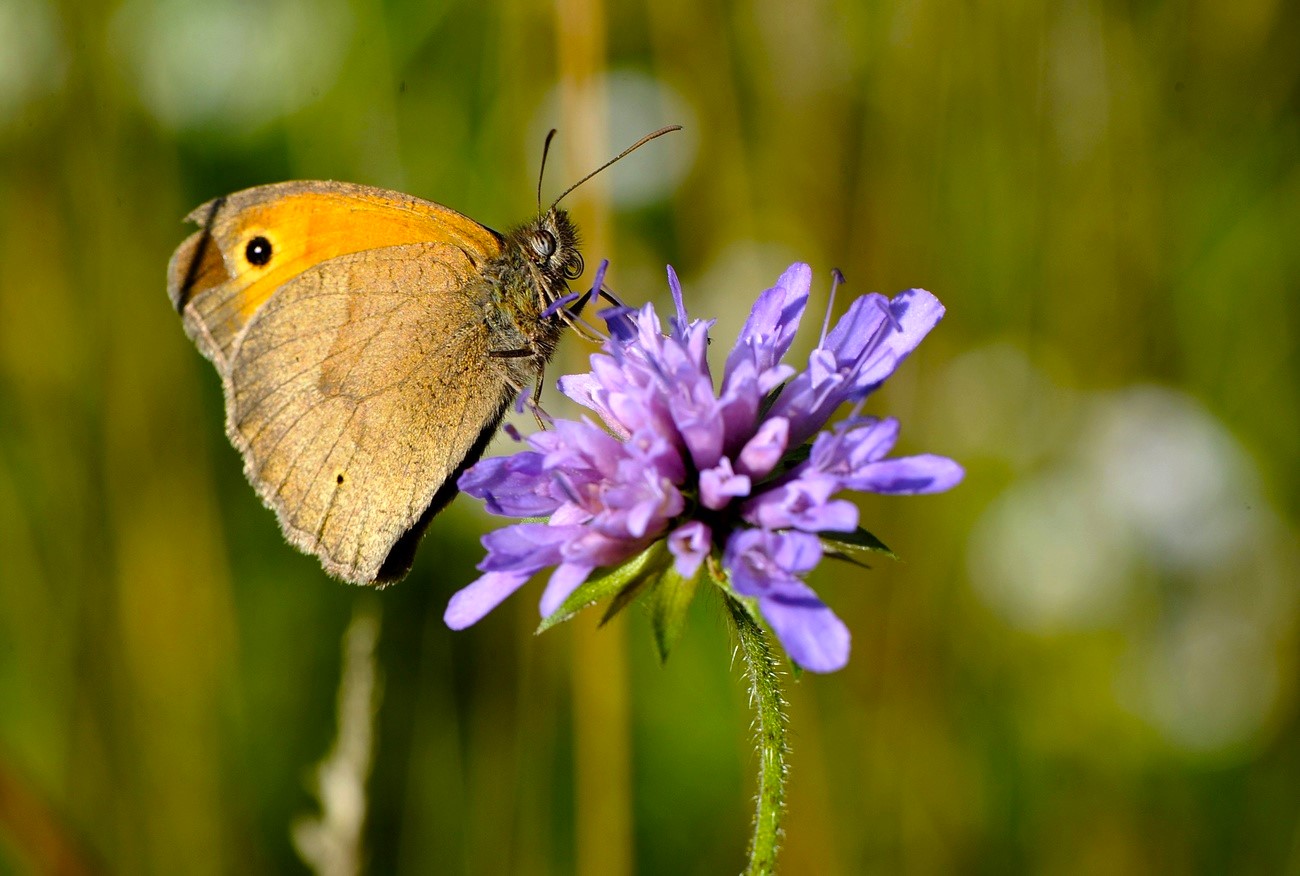Prangins appeals to the green-fingered

A growing number of visitors to the National Museum at the Chateau de Prangins are bypassing the castle and heading for the kitchen garden, where rare and wonderful vegetables are being rescued from obscurity.
On two Sundays a month, the museum organises guided tours of the garden aimed at those who really know their onions. For this is no ordinary cabbage patch. The museum describes it as a “living conservatory for the fruit and vegetables of the 18th century”.
“For us, the kitchen garden is another route to history,” says François de Capitani, the museum’s curator.
Inside, the museum tells the story of life in Switzerland in the 18th and 19th centuries. Outside, an equally rich and colourful heritage is on show: white carrots, Planpalais artichokes, gourds of every conceivable shape and shade and other strange and wonderful varieties, some peculiar to the Lake Geneva region.
There is the tricolour “Swiss Breeches” pear; the Calville Winter White apple, a variety described as early as 1558; and the famous Geneva Cardoon, which has enjoyed something of a revival in recent years. All are varieties that were cultivated in Switzerland in the 18th and 19th centuries.
Many, such as the cardoons and artichokes, were brought to the Geneva region by religious minorities fleeing persecution. Others arrived as a result of growing trade links with the rest of Europe.
Eating habits
The plants grown in the garden reflect the changing eating habits of the Swiss. Potatoes, an important ingredient for many a Swiss dish, appeared in the 18th century, while tomatoes did not arrive until the 19th century
The garden, which is laid out according to the literature of the 18th century, is seen as a link between the chateau and the surrounding countryside, a place where nature and human activity coexist.
“Nearly everything is taken from the books of the time. There exists an especially rich literature in this field from the period,” de Capitani told swissinfo.
The plants are treated as little as possible with artificial fertilisers and pesticides. Of course, the gardens of the 18th century were “organic” before that term was coined, but it is little wonder that the popularity of the Prangins gardens has coincided with the surge in interest in organic produce.
Uniformity of fruit and vegetables
Many of the fruit and vegetables that are bought in supermarkets today have been bred to be pest- and disease-resistant. But it comes at the price of uniformity. There used to be 100 different kinds of potato – including black and blue varieties – grown in Switzerland; in 1928, no fewer than 230 varieties eating apple were registered.
“To keep old species alive is to keep alive regional history,” de Capitani says. But it is not just nostalgia that drives horticulturalists to maintain this link with the past.
“It is very important to have a genetic pool that goes beyond the handful of species we know today,” the curator explains. Indeed great efforts have been required to track down some of the rarer varieties, and the museum has a fruitful collaboration with the federal agronomy centre at Changins, which has an extensive gene bank.
Those who go on the guided tour appear to be split between elderly people remembering the flavours of their childhood, and younger visitors with an interest in organic gardening and the traditional produce of their own region.
But do these old varieties taste better? “Some are, shall we say, only of theoretical interest. But others really are very nice, and there could be an interest in developing them,” de Capitani says.
by Roy Probert

In compliance with the JTI standards
More: SWI swissinfo.ch certified by the Journalism Trust Initiative








You can find an overview of ongoing debates with our journalists here . Please join us!
If you want to start a conversation about a topic raised in this article or want to report factual errors, email us at english@swissinfo.ch.